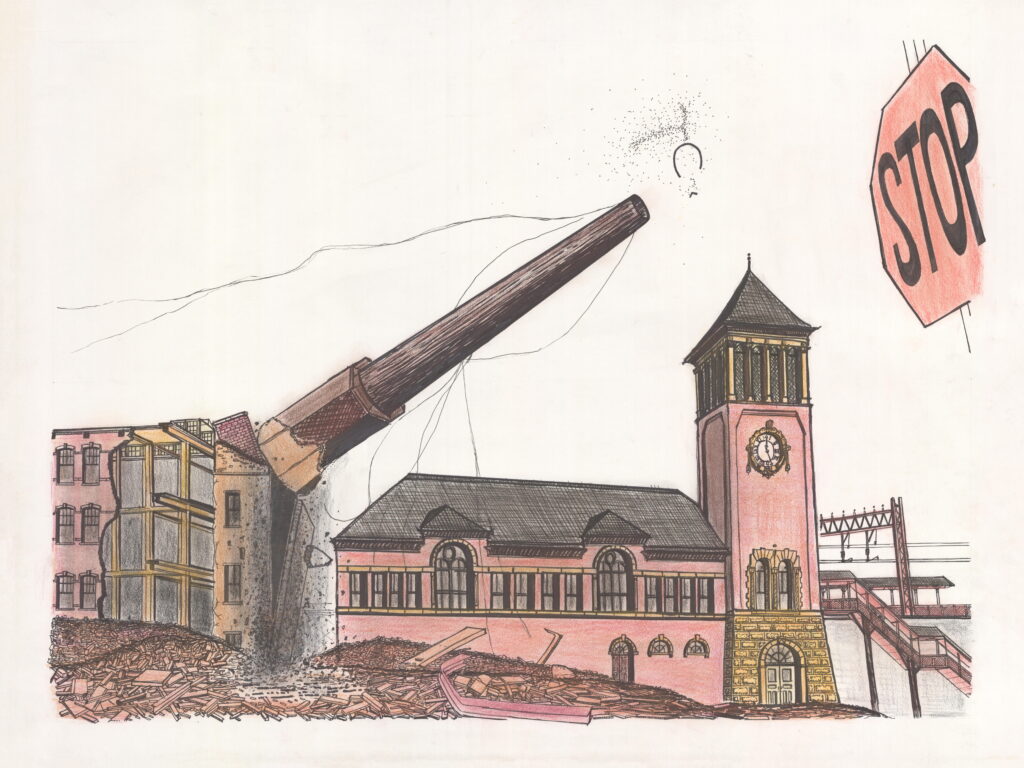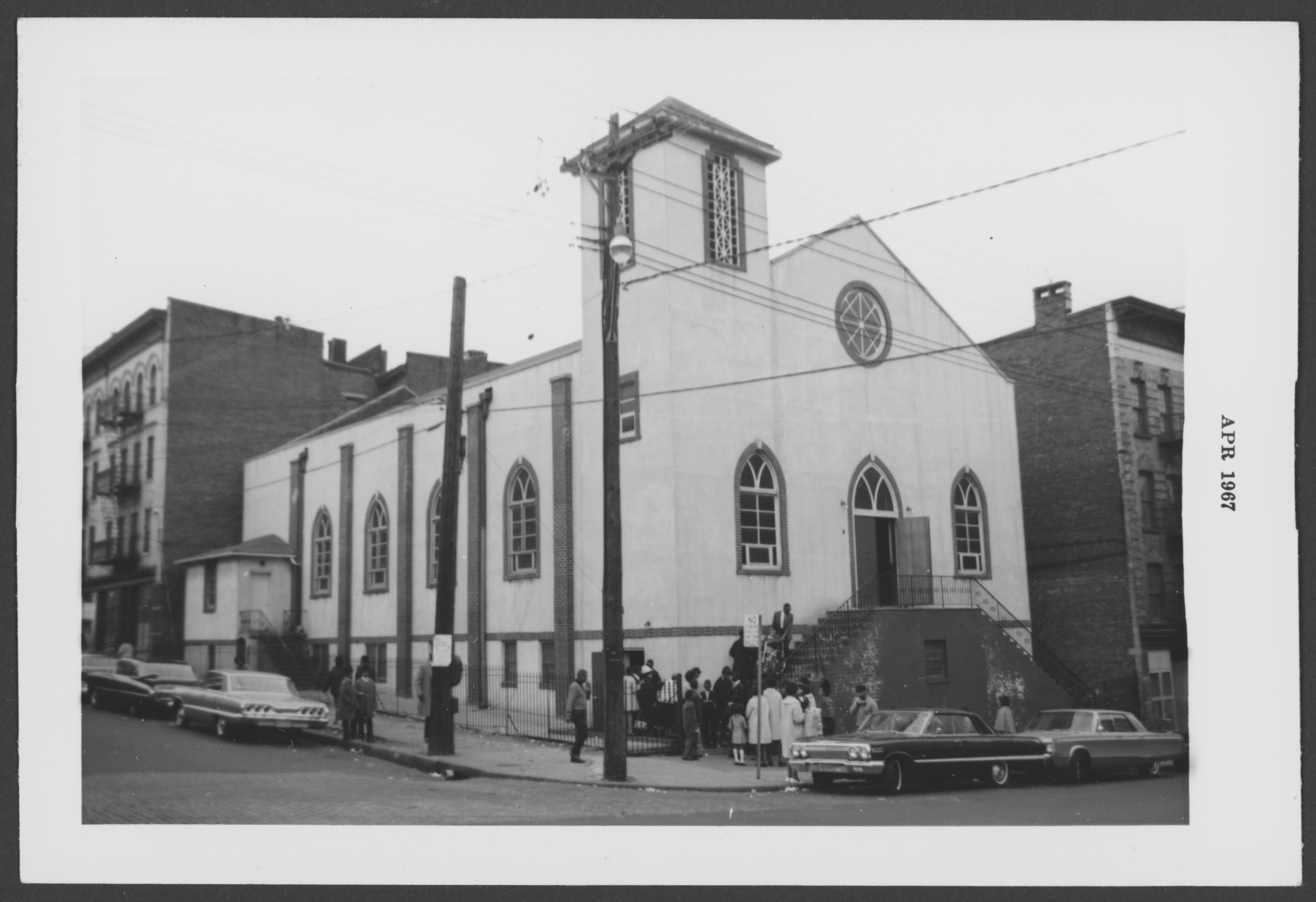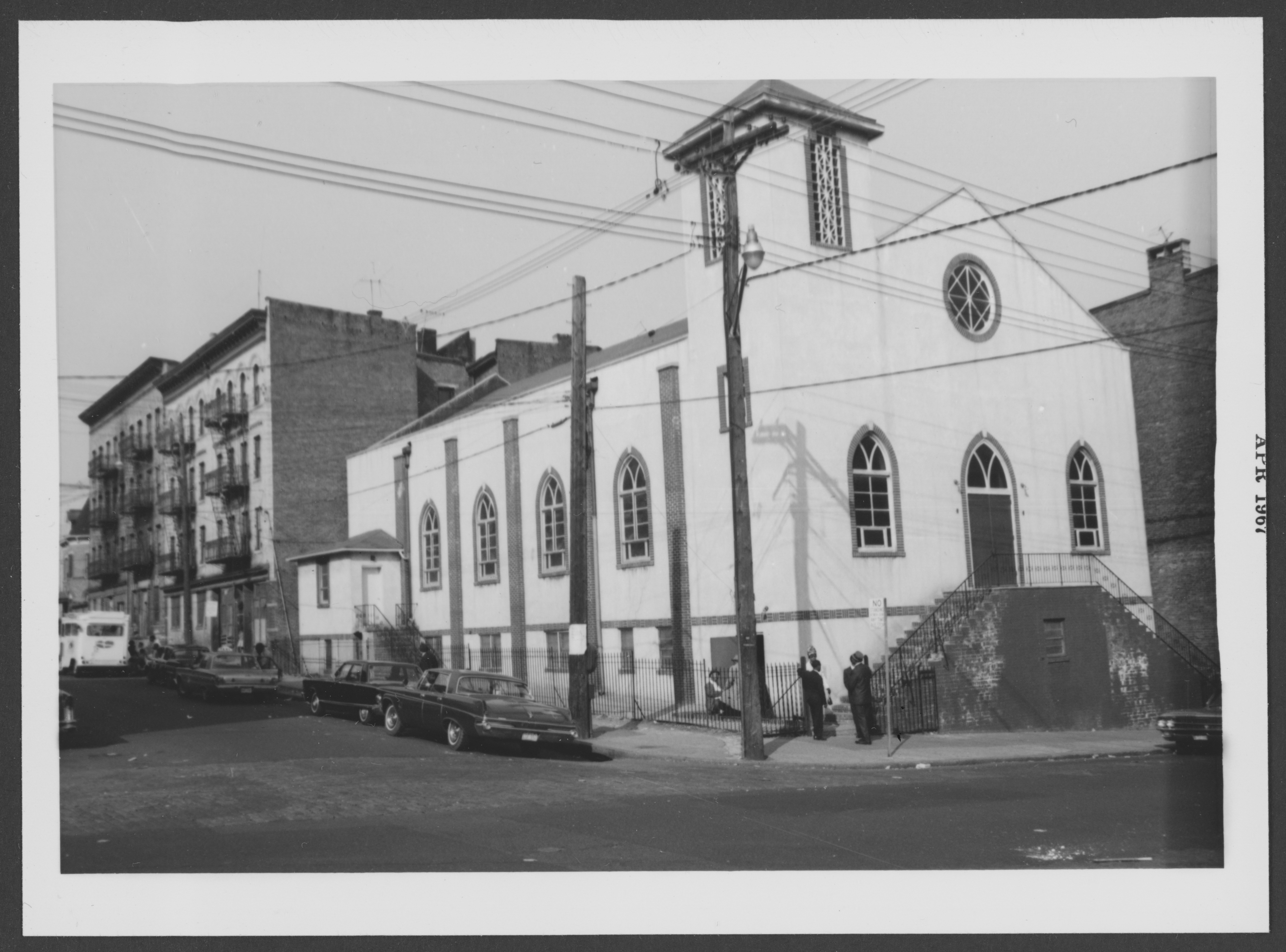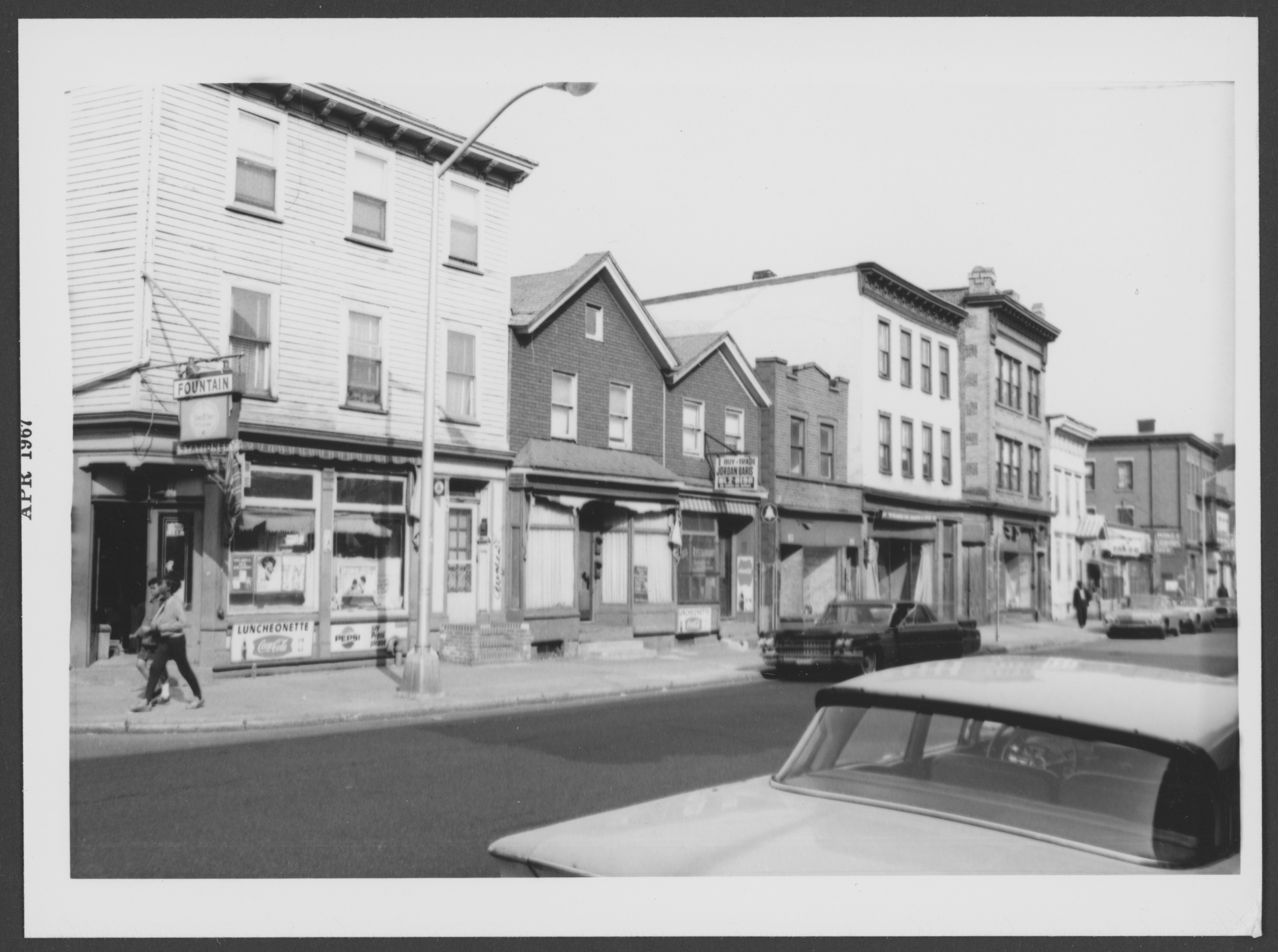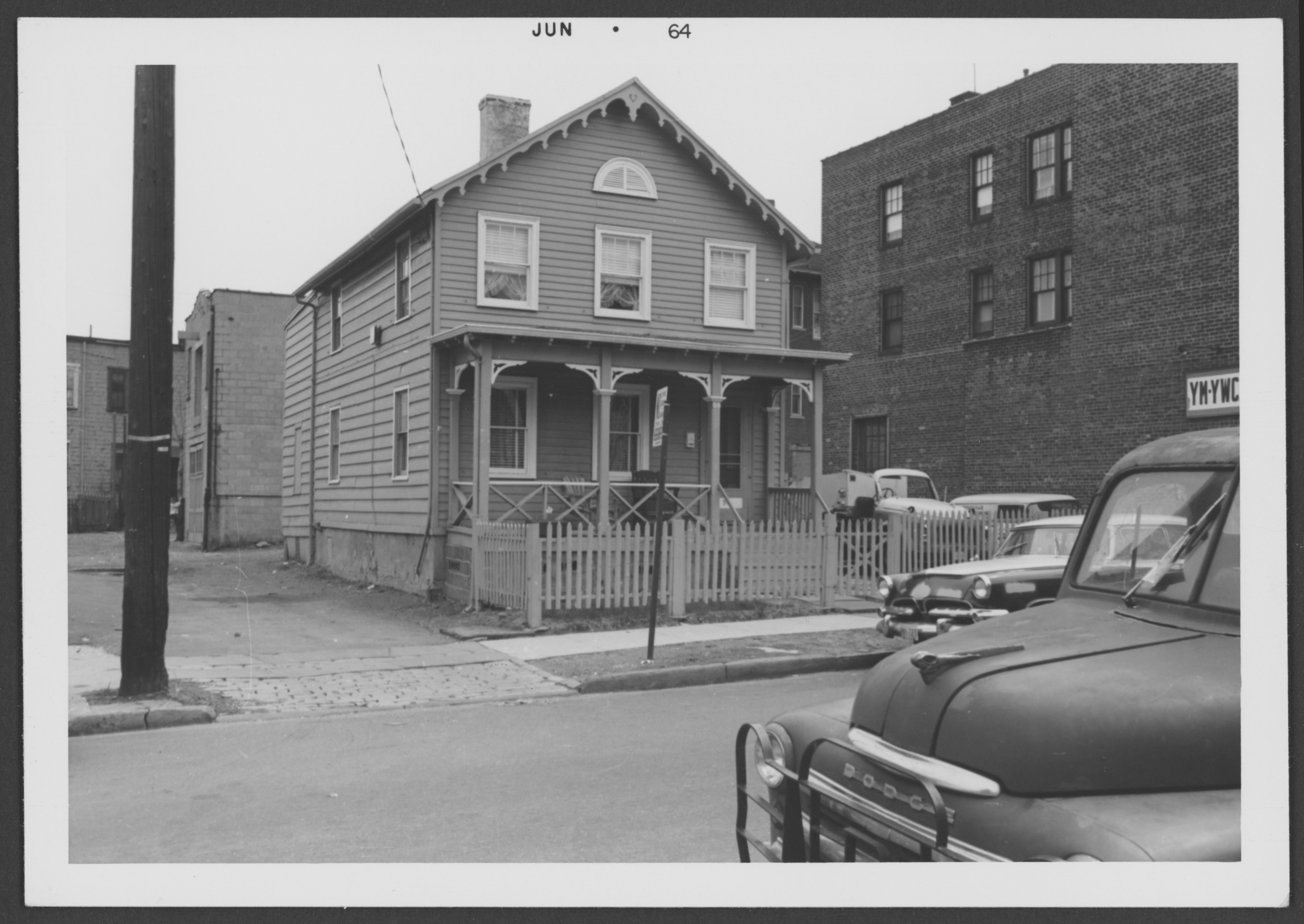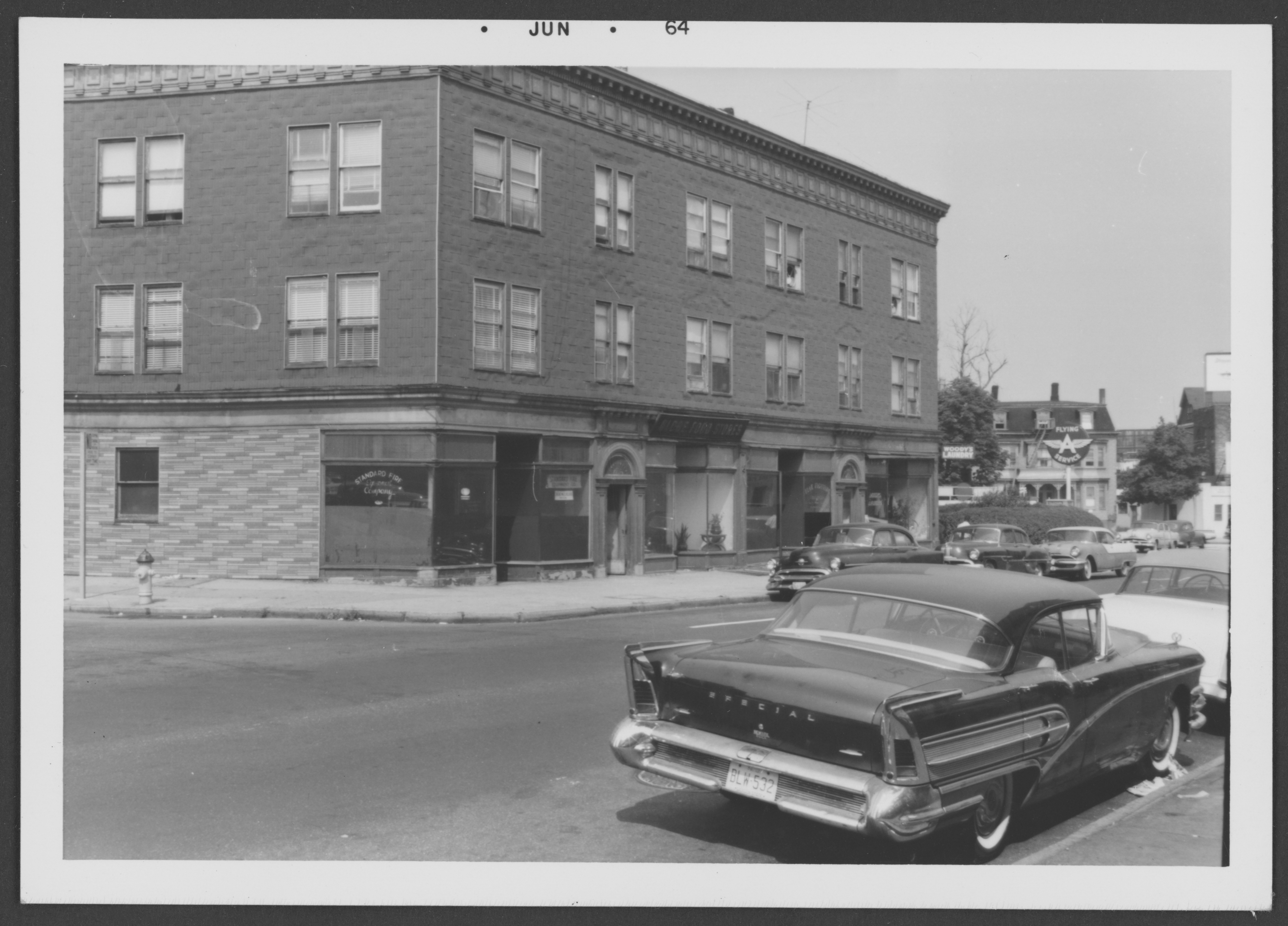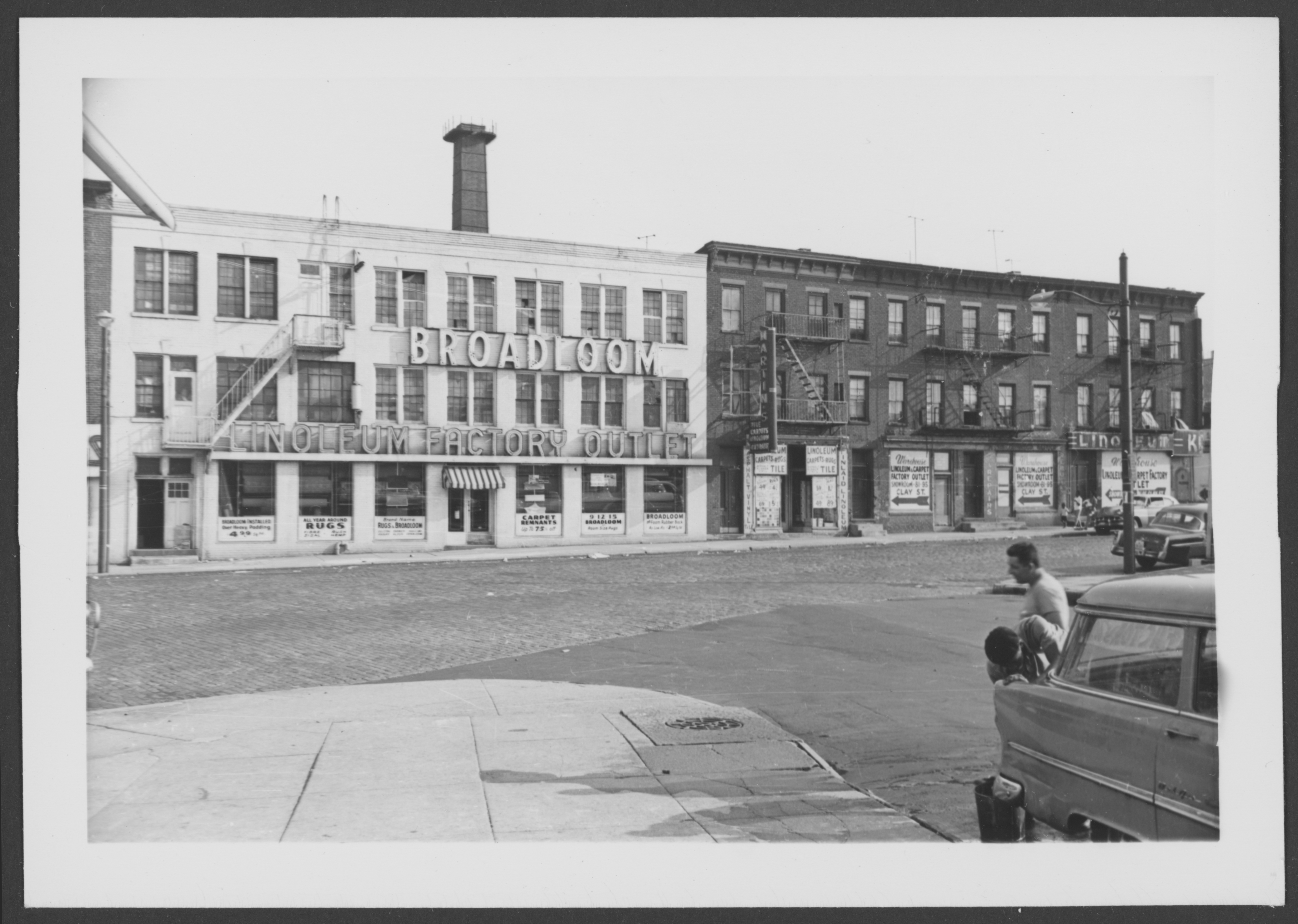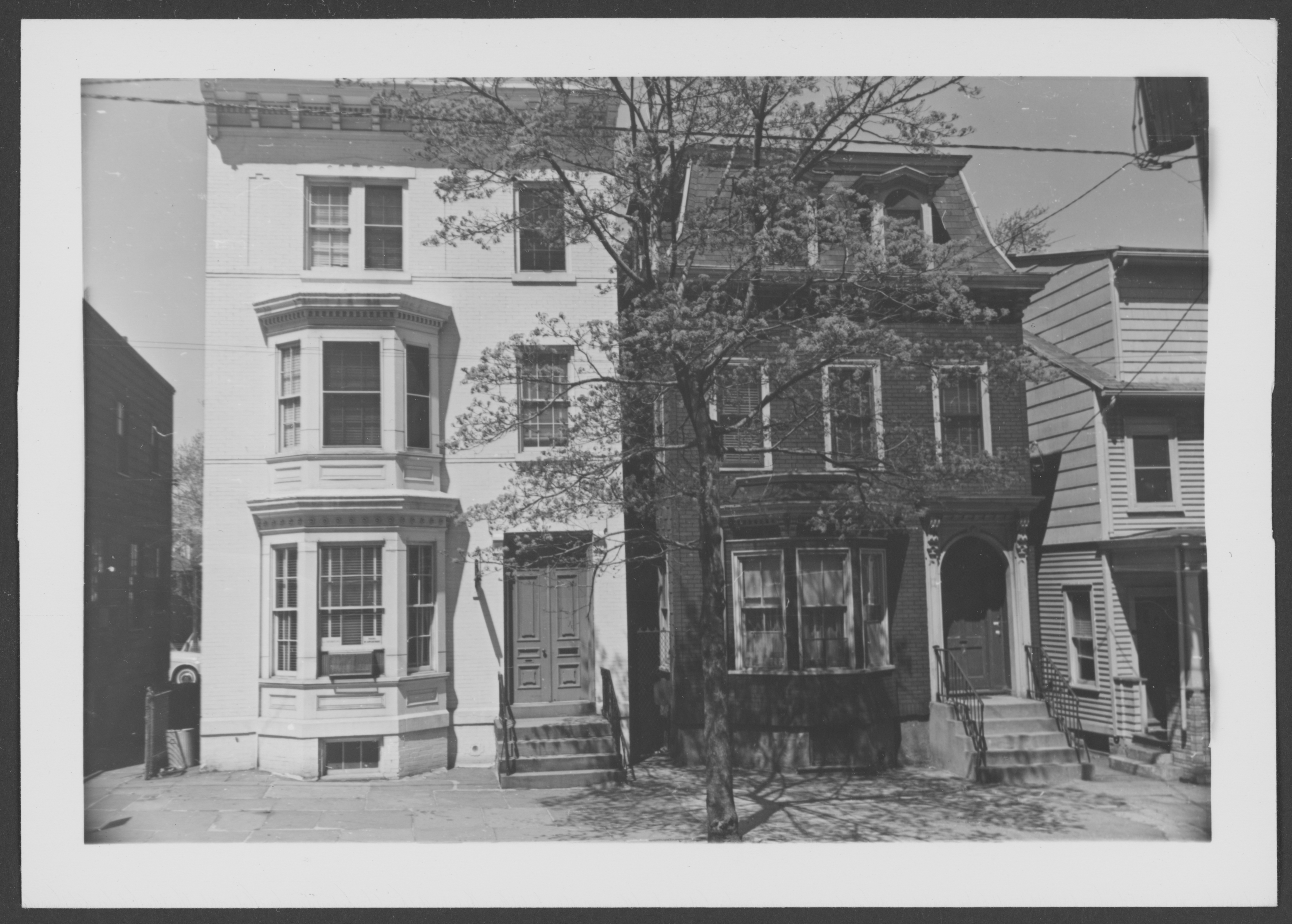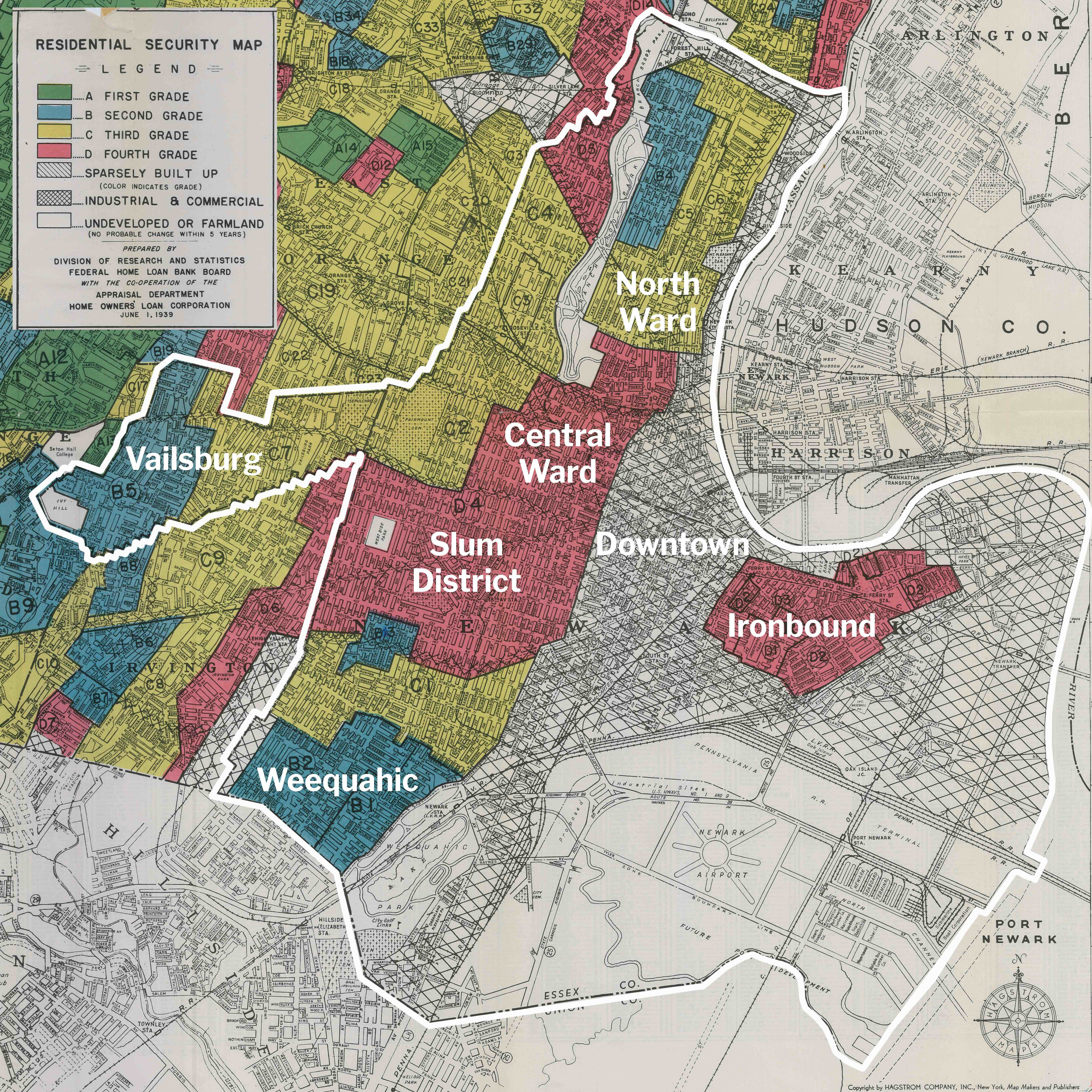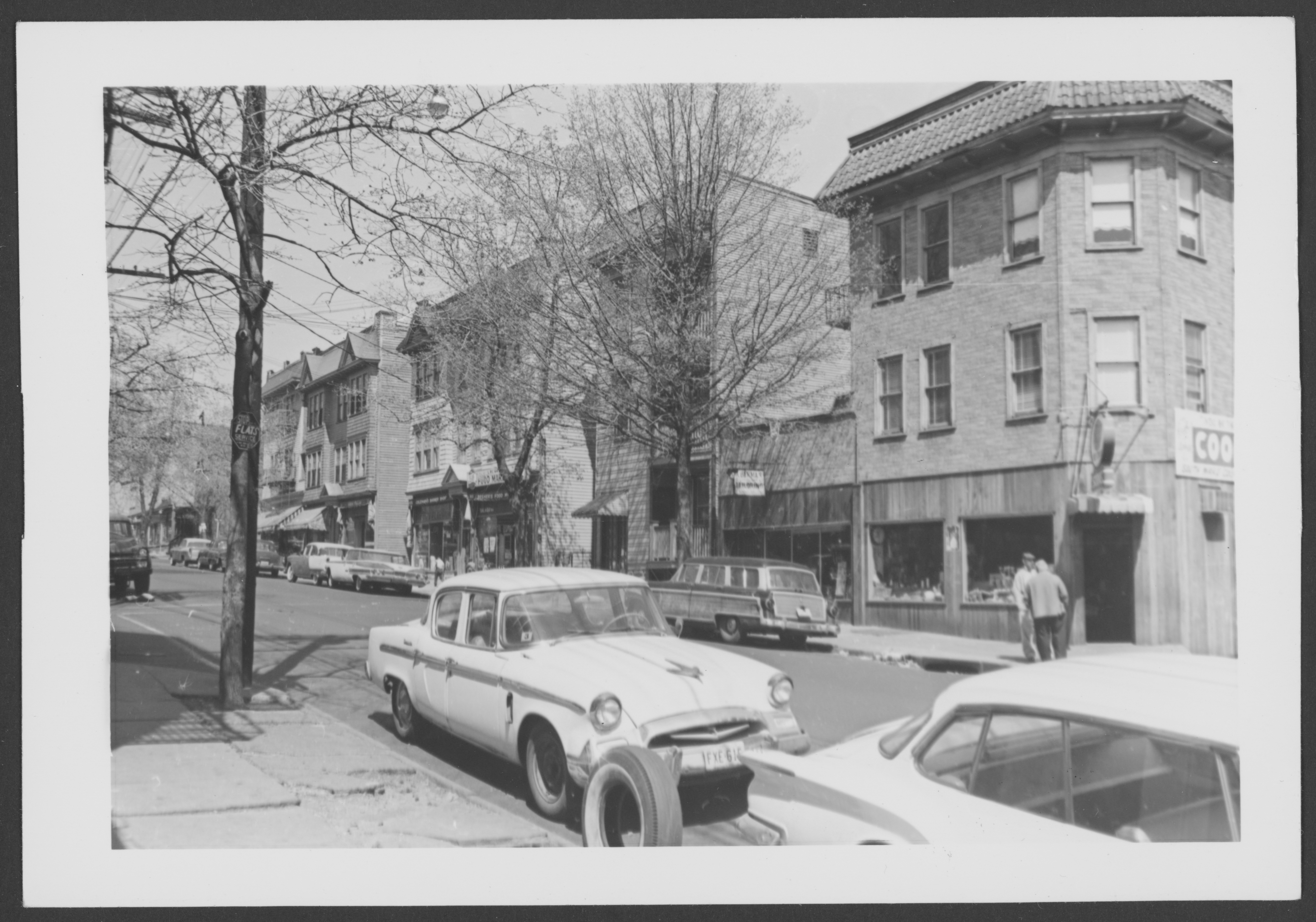
Jane Davis writes:
”The beautiful Weequahic section I lived in was murdered by politicians and the real estate industry as their answer to the Black migration. (My parents came to Newark from Georgia in the late 1940s.) My family’s home — 141 Watson Ave. — was the last house torn down on that street to make way for the highway. Such a travesty. [….] It’s amazing how the Newark that was — and thus how/why it was dismantled — nowadays is unknown to… most people. And Blacks often get blamed for driving the city into the ground–for the historically ignorant, the myth/slander/libel of ‘there goes the neighborhood’ really took hold. In any case, Newark still means so much to me and is most certainly my ‘home.’
”In any case, I just wanted to say that the part of the website that has ‘before and after’ photos showing what had been in contrast to the emptiness of the highway is SO amazingly meaningful and essential — at last, I can SEE the houses, stores, etc., that made up my home but that have been erased for decades now. So, though there is much more to say about Newark, I just want to say a huge thank you from the bottom of my heart.”
